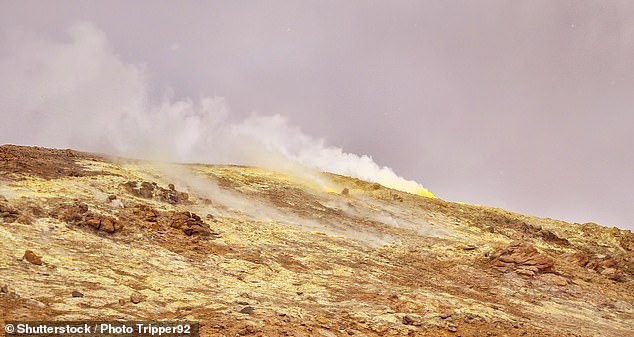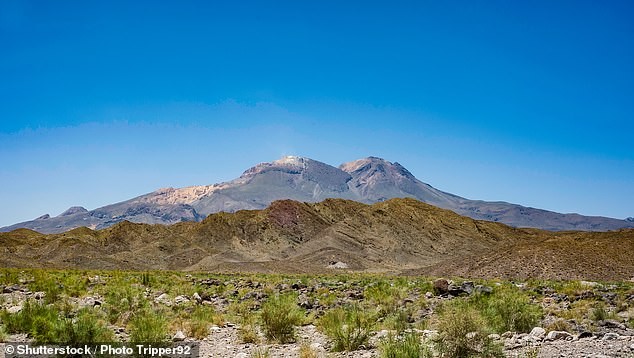A 'Zombie' Volcano Awakens: Taftan, Thought Extinct for 710,000 Years, Shows Signs of Eruption
Taftan, a stratovolcano in southeastern Iran, had long been considered extinct for about 710,000 years. New measurements show the summit rising by roughly 3.5 inches (9 centimeters) over ten months from 2023 to 2024, and the swelling has not subsided. In 2024, local reports described visible smoke and ash emissions from the crater, prompting scientists to reassess its status.

In This Article:
Ground Uplift Reveals Hidden Pressure Beneath Taftan's Summit
Researchers used satellite data and a technique called the common-mode filter to remove atmospheric interference and map ground movement more clearly. They found the deformation originates relatively shallowly, about 1,540 to 2,070 feet (470–630 meters) below the summit, with movement on both the western and eastern flanks. The uplift could reflect hot fluids and gases accumulating beneath the summit or magma intruding and pressurizing the hydrothermal system.

Gas Emissions and Shallow Magma Clues
Over the ten months, vents at the summit released gases including water vapor, carbon dioxide, sulfur dioxide, hydrogen sulfide, and hydrogen fluoride. Sulfur dioxide emissions averaged about 20 tons per day. Two larger gas events occurred on May 16 and May 28, 2024, indicating temporary increases in underground pressure and gas flow.

Wake-Up Call for Monitoring: Reassessing the Makran Arc
The study argues there is an urgent need to reassess the Makran subduction volcanic arc—a chain of volcanoes in southern Iran and Pakistan—because Taftan's activity suggests current hazard evaluations may be out of date. Senior author Pablo González told Live Science that Taftan is better described as dormant than extinct: it is not currently erupting, but pressure is building beneath the volcano and could be released quietly or violently in the future. "This study doesn't aim to produce panic in the people; it's a wake-up call to the regional authorities to designate resources to monitor this," González said.

Local Context and Hazards: What Could Happen If Taftan Erupts
Taftan rises about 13,000 feet above sea level, making it the highest peak in the region. The nearest Iranian city is Khash, roughly 81 miles to the northwest, while Zahedan, the provincial capital with more than 500,000 residents, sits about 100 miles away. Across the border in Pakistan, the town of Taftan in Balochistan lies roughly 62 miles northeast, with around 18,500 residents. If Taftan erupts, hazards could include ashfall that disrupts air travel, damage to crops and water supplies, respiratory problems, lava and pyroclastic flows that endanger infrastructure, and toxic gas emissions that cause acid rain and poor air quality.

